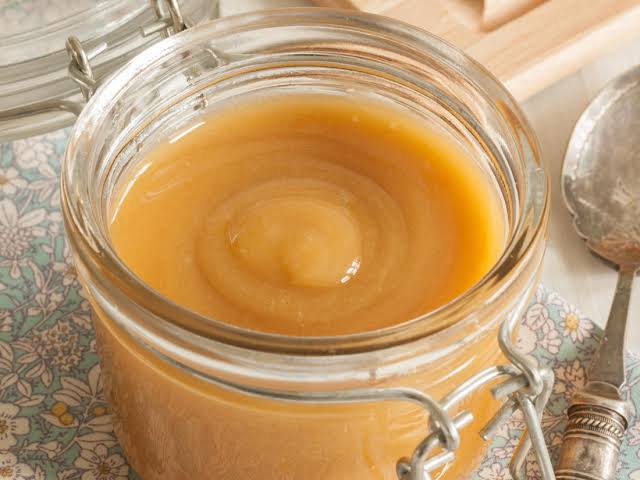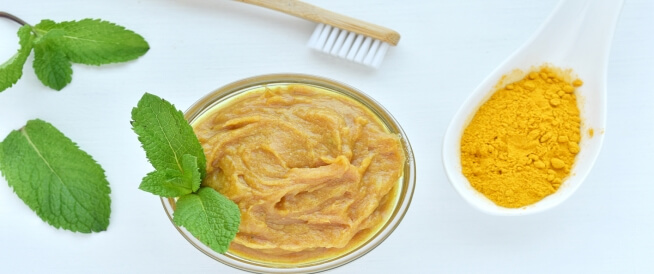
What do you know about manuka honey? Whether you’re new to natural beauty or have been avoiding parabens for the past decade, investing in a quality manuka honey like Comvita is always a good idea. Aside from its many health benefits, real manuka honey contains active compounds that treat, moisturize, brighten, and anti-inflammatory all the things your skin wants.
The most important benefits of manuka honey for your beauty manuka honey is a natural skin care and treats everything
It’s true, nature has made the perfect skin care product that’s gentle enough to use daily. Manuka honey is different from other honeys – it is usually more potent. Genuine Manuka honey comes from the nectar of the Manuka flower, which is native to New Zealand. Manuka has been shown to have much more levels of antibacterial activity than other honey, making it effective for health and skin care
Why is unique manuka honey so important
UMF stands for Unique Manuka Factor and is a New Zealand method for grading the concentration of each pot of major manuka brands, compounds that measure the percentage of manuka nectar. Not every bowl of Manuka honey is like the other. The higher the manuka factor, the stronger the honey. When investing in honey for its healing properties, be it skincare or medicinal, it is recommended to choose certified Manuka honey
Get a face mask, and the whole thing, too.
Because the unique Manuka honey is full of plant phenols, it can repair the skin and make it bright. You can use it as a cleanser, mask, and spot treatment. When using as a cleanser, drop a dime-sized drop into the palm of your hand and emulsify it with warm water before massaging it into the skin—this can help keep acne-causing bacteria away.
As a spot treatment, apply at night to scars and acne to help reduce dark spots and inflammation. One woman used it to treat cystic acne, for example, when using it as an overnight treatment. As a mask, manuka honey can reduce redness, boost skin hydration, and help fight breakouts. The best part? Indulge in this sweet, multitasking, skin-enhancing, health-boosting honey – beauty inside and out.
Here’s How To Make The Most Of Your Manuka Honey Mask
Using manuka honey as a face mask treatment is one of the best ways to change your skincare routine. But there is an art to mastering a do-it-yourself manuka honey mask. Here are some pro tips:
Create your own mask kit: This includes a T-shirt you don’t mind getting wet, a hair clip, a face mask headband, and a hand towel. If you also want more spa tools, start by diffusing your favorite essential oil. Pull or clip your hair back and wear a round headband if you have one to keep small hairs out of your face. Bring a small hand towel to stop the drips – honey falling on the floor of your house, in your hair, or somewhere else is inevitable if you don’t prepare everything correctly.
Put steam on your face: This will prepare your face for the mask and help maximize the benefits. Bring a pot of water to a boil, then stop the boil, let it cool for a few minutes, and place your face in front of the steam for 5 to 10 minutes before applying the mask. Instead, take a hot shower to open up your pores.
Leave the mask on for 20 minutes (resist your urge to eat it): Take a tablespoon of honey and apply it to your face using your fingertips. If the container gets stuck while opening, open it under hot water. This also makes the honey more soft, making it a little easier to handle. Because it is food grade, you can apply a thin layer to your lips. It will smell great. And we won’t say if you’ve tasted a little of it.
Rinse with warm water, let it dry a bit, then rinse with cold water: keep in mind that the temperature of the water will help you work with the honey composition and make the whole process more efficient. It is important to use warm water to rinse – it will melt away and won’t stick to your face, rinsing with cold water ends up getting wet.







